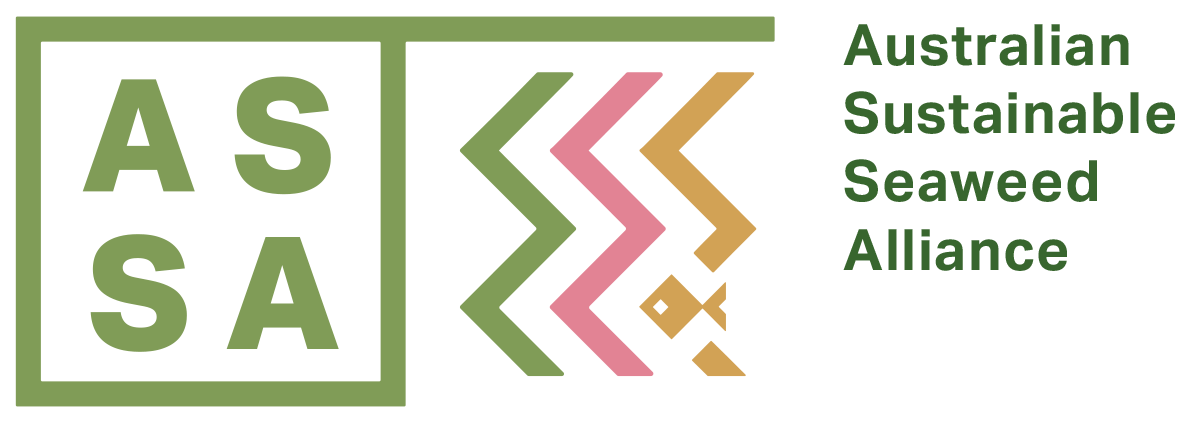Biofilter benefits for the Great Barrier Reef
In Queensland, the Australian Seaweed Institute (ASI) is conducting research into the most suitable seaweeds to absorb nitrogen from runoff that is accumulating off the coast, causing water quality around the Great Barrier Reef to deteriorate. The past year has seen the completion of stage one in ASI’s plan to establish fully operational seaweed biofilters along the Queensland coast by 2030.
Working in partnership with the Central Queensland University’s Coastal Marine Ecosystems Research Centre in Gladstone, ASI has undertaken tank-based trials growing native seaweeds to identify which most effectively take up nutrients – particularly nitrogen – from polluted waters. ASI CEO, Jo Kelly, says they’ve narrowed it down to the red Asparagopsis taxiformis and brown Sargassum species.
“We’ve also been doing a lot of economic modelling around the scale of the solution needed to solve the nitrogen problem on the Great Barrier Reef, and identifying where seaweed interventions need to go using Reefs models,” Kelly says.
To meet water quality targets the Queensland Government and the Australian Government have set, ASI research shows 150 square kilometres, or 15,000 hectares, of seaweed biofilters would be needed.
Kelly says this represents less than 0.05% of the Great Barrier Reef Marine Park area. The biofilters are being purposefully designed to provide ecosystem services in targeted locations where nitrogen removal is needed to protect the reef.
The ASI work is part of the water quality innovation program funded by a partnership between the Australian Government’s Reef Trust and the Great Barrier Reef Foundation.
Kelly notes there has been considerable investment and government funding for land-based solutions to water quality issues along the Great Barrier Reef. But much of the nitrogen in runoff is coming from diffuse sources, which makes it difficult to identify and address.
She says there are no other solutions on the table that can remove nitrogen at the scale the way that seaweed can. The economic modeling underway will help inform investment in seaweed biofilters as a marine-based solution to the reef’s water quality issues.
The modelling takes into account flow-on environmental benefits and markets, such as nutrient trading through the Reef Credits program, and the use of Asparagopsis in stock feed supplements to help reduce methane emissions.
It also suggests that establishing and maintaining the required biofilters, as well as harvesting the seaweed and processing it for sale, could create up to 2500 direct jobs in Queensland.
The next phase involves testing small seaweed “bio-pods” and monitoring growth rates. The modeling can then be refined on a catchment by catchment basis to determine how the biofilters are likely to perform in various locations.
Kelly remains optimistic that by the end of 2023 plans for a pilot scale biofilter will be underway. ASI’s Seaweed Biofilters have been recognised by the World Economic Forum as one of the top global innovations for protecting oceans.

